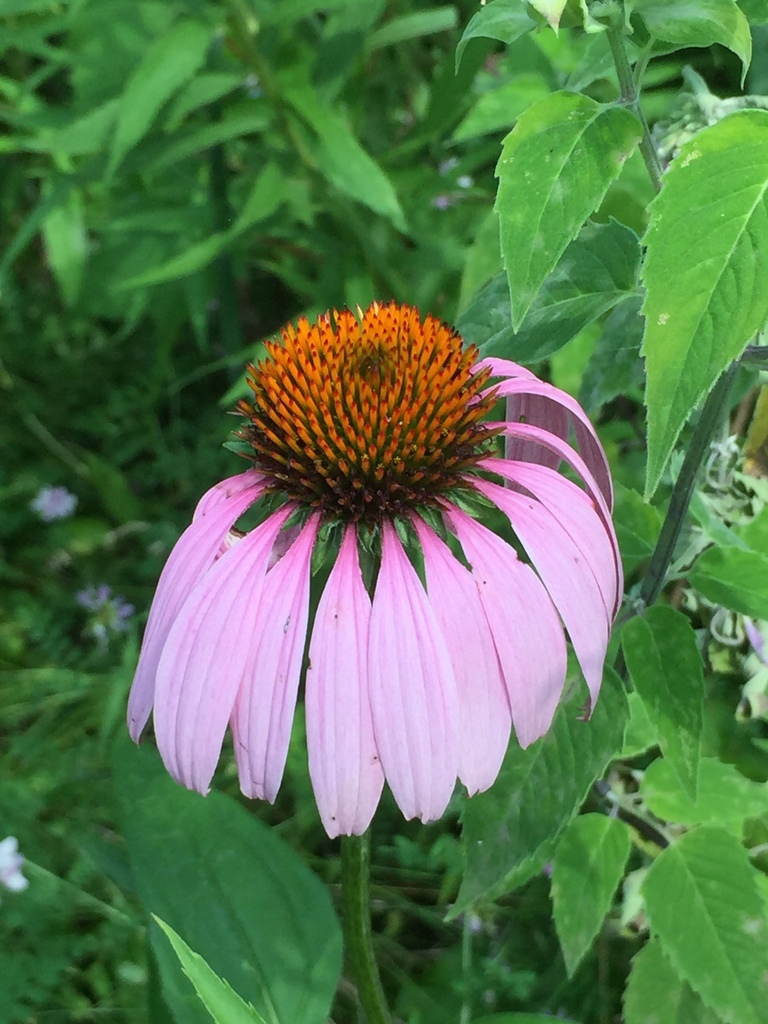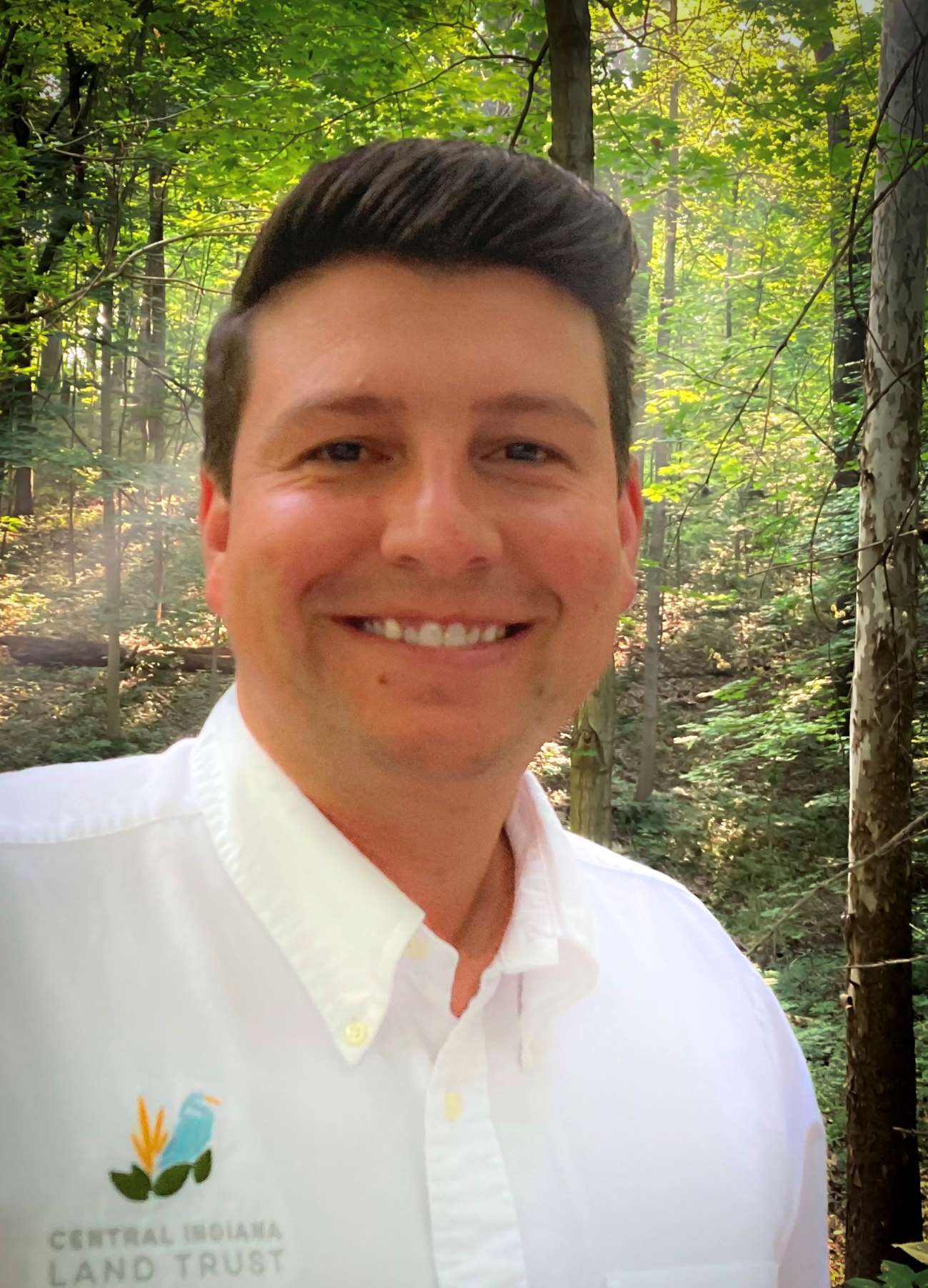Our spring newsmagazine featured Cliff’s top ten hidden gems of birding. Here is the first of a blog series on these birds, by guest blogger Ed Pope.
The male scarlet tanager is one of the most brightly colored birds you will ever see, if you can find one. Their preferred habitat is interior forest, and they spend much of their time up in the canopy. During the breeding season, the males have bright red plumage with black wings and tails. The females are more drab, with yellow-green plumage. The winter plumage for the males is similar to the female’s. Continue reading

Ed Pope
Guest Blogger



